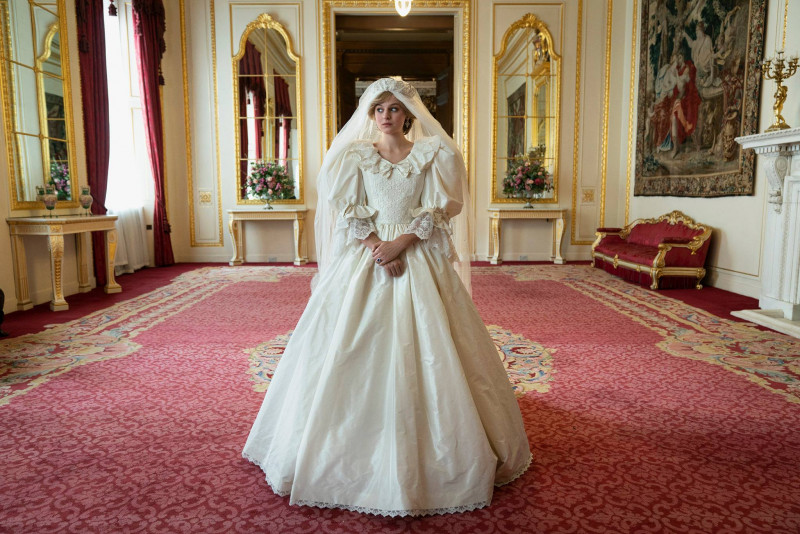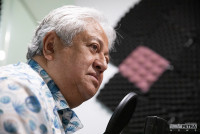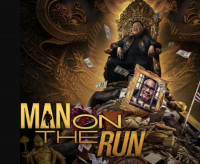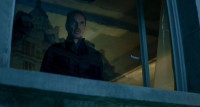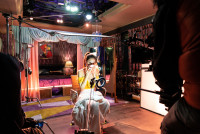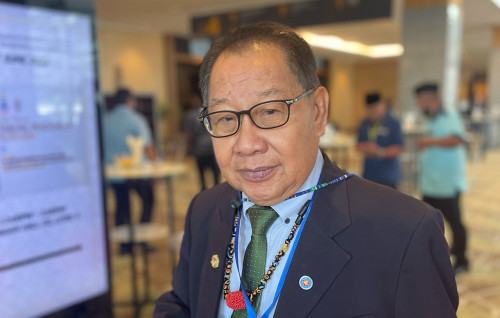***spoilers for Season 4 of The Crown, and real history***
THE newest and fourth season of Netflix’s flagship show once again witnesses society change through the rather cloistered perspective of Buckingham Palace, this time in the 1980s.
As the world changes, the House of Windsor remains rooted in place by tradition.
This tension has always been at the core of the series, as well as the notion of individuals trapped by responsibility and the subsuming of identity in the service of an institution.
While the previous season was in many ways about Elizabeth’s transition from a dynamic young queen to a more reserved ruler, and was relatively muted, this edition receives a shot in the arm with the arrival of both Margaret Thatcher and Diana Spencer.

In different ways the pair are two of the most iconic people of the late 20th century, the former the arch-conversative who forever tilted British politics, and the latter was the star of the defining troubled ‘celebrity’ marriage of the era.
At the same time, the opening episode features the death of Lord Mountbatten at the hands of the IRA. In a larger sense, his loss is a further severing of Britain from its not too distant imperial past and part of the royal family’s transition into a cultural ornament.
The royal family is quickly outflanked in relevance by both Thatcher and Diana, two women of the moment who nevertheless find themselves beholden to Elizabeth out of tradition.
Thatcher, played by a perhaps overly committed Gillian Anderson, is a lightning rod in that while many on the left hate her, she is equally beloved by the other side. And unlike some of the prime ministers previously depicted on the show, she is unafraid of being combative towards her queen.
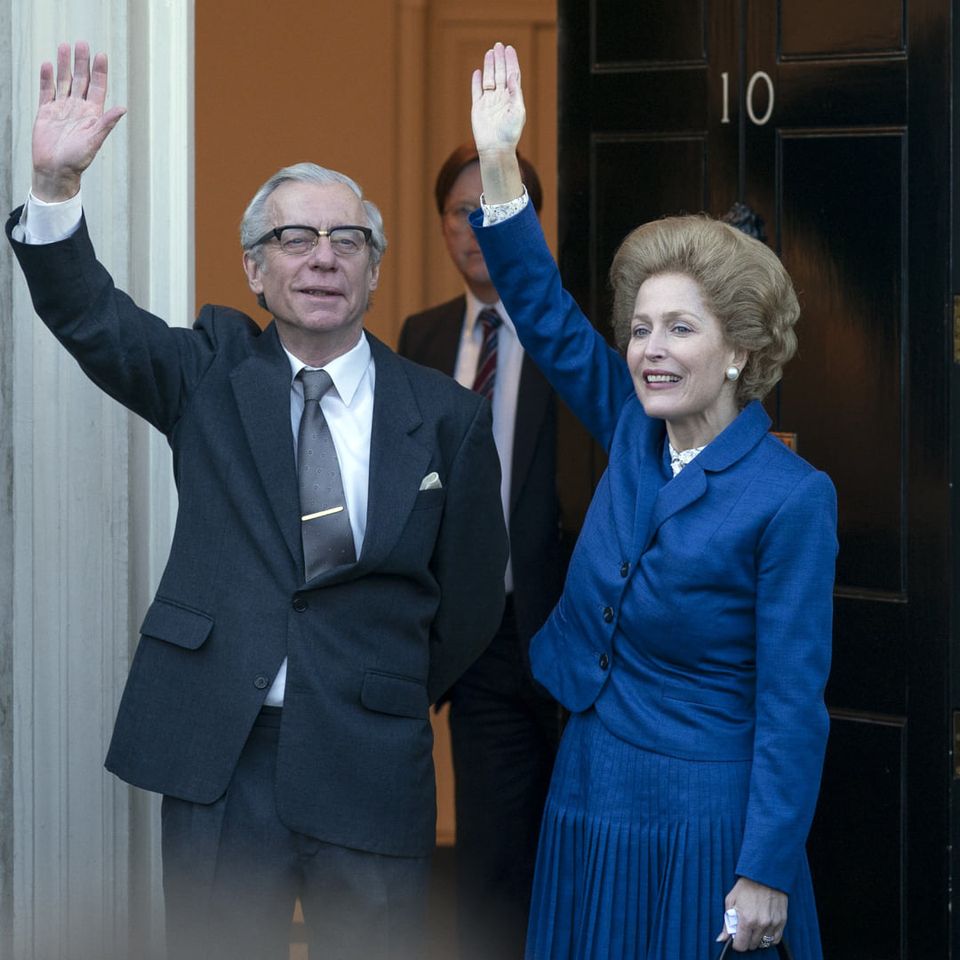
In fact, her combativeness is her defining feature as she fights off opposition from within her own party, public opinion, and the Argentinians. Her bet on the Falklands War wins her the support of the first two and at least according to the show, papers over domestic anxiety.
Diana represents a different threat to the monarchy, a ‘normal’ person who became a media sensation that overshadowed her new family, and more importantly, her new husband.
As depicted on the show, her relationship with Charles was doomed from the start, despite successfully winning over the family in ‘The Balmoral Test’, an informal examination given to prospective entrants.
While Charles came off as a sympathetic figure during the third season – a person unable to express himself as an individual due to the requirements of being a future king – here he quickly grows cold and callow towards Diana.
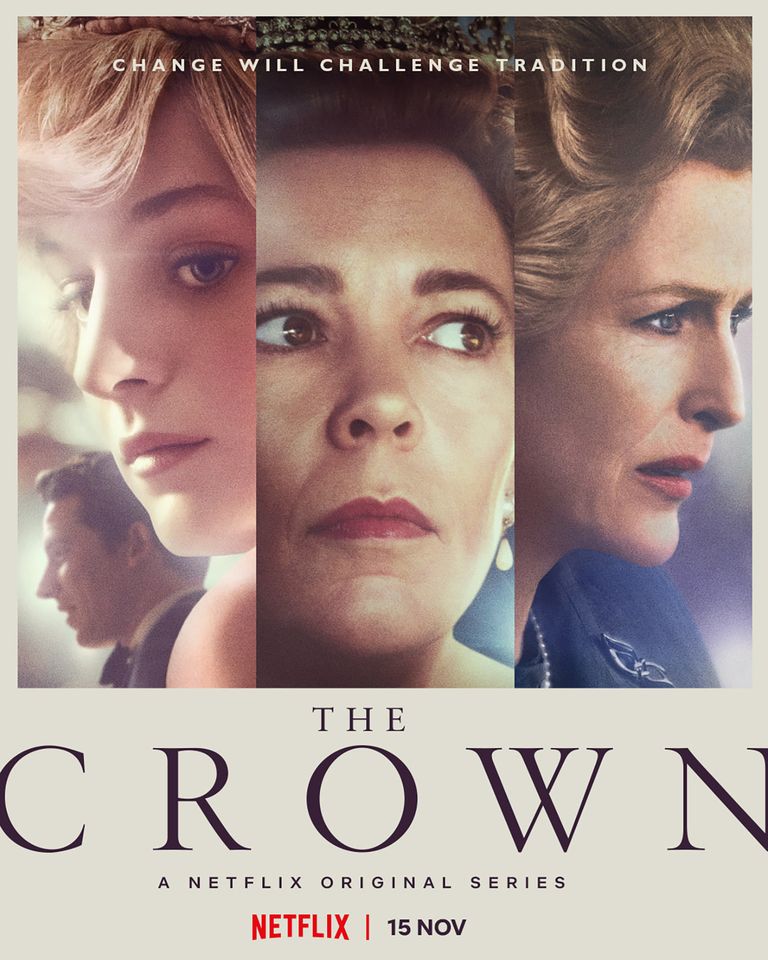
Their relationship quickly takes on the contours of an arranged marriage, as Charles holds on to his romance with his apparent true love Camilla Parker-Bowles.
The couple grows distant but are brought together by the royal itinerary for public events, including a whirlwind trip across Australia and New Zealand. When they have verbal fisticuffs it electrifies the scene, but there is a hint of voyeurism as we watch a couple’s marriage disintegrate.
This relationship was the subject of tomes of tabloids, and while it’s engrossing to watch two talented actors bring that to life, there is an aftertaste of the sordid.
Interestingly, while ‘The Crown’ by its very nature focuses on the most elite crust of British society, with prime ministers seen as occasional interlopers, Episode Five features probably the most sustained look at the working class the show has ever done.
Titled ‘Fagan’, after the erstwhile protagonist of the episode, and literal intruder on royal life, it documents – with creative license – a man left behind by Thatcher’s aggressive policies. With no recourse, he breaks into Buckingham Palace for an audience with the Queen.
What we know in real life was that he had a 10-minute conversation with Elizabeth, but what the show posits was that he detailed the various ailments that the prime minister had wrought upon the country, such as the sense of community and compassion lost.
But he is a man out of time, as the victory over Argentina buoys Thatcher to heights of popularity previously unimagined.
‘The Crown’ since its inception has been run under the stewardship of playwright Peter Morgan. Previously, he documented royal life to much acclaim in the film ‘The Queen’, starring Helen Mirren, who repeated the character in the play ‘The Audience’.
What we see in the dialogue is a perfect understanding of character and dramatics, but too perfect for realistic conversation. After all, most people are not capable of communicating their emotional states in a clear and succinct manner. Introspection is a rare trait, unless one is a fictional construct.

Of course, the characters in this show are both fictional figments and real people. Given the lavish resources spent on the show, one cannot doubt the amount of research done.
There is no shortage of documentary footage when it comes to the main players and there are reams of tell-alls and memoirs written in the decades since.
But at the end of the day, the Queen’s conversation with Michael Fagan is conjecture, her contentious sessions with Thatcher are inferences, the tirades between the royal couple are assumptions.
That’s the nature of narrative storytelling, fitting arcs and conflict onto the frame of the real, especially when it comes to what is essentially historical fiction.
But no matter the veracity of those scenes, what is known is that the writing and performances are impeccable and communicate a truth – a truth about Britain at that time in history and the royal family’s place in a changing world.
Later in the season, Thatcher derides the Queen’s sympathies with the Commonwealth, naming it a misbegotten attempt at holding onto the prestige of empire, and that under the prime minister’s rule, Britain would re-attain its strength.
This conversation most likely did not happen in this manner and definitely not verbatim, but it does communicate the truths of what these two women represented and continue to represent: an argument over the fundamental question of post-war Britain’s identity. – The Vibes, November 27, 2020



